What is an orthopedic mattress? Your expert guide
An orthopedic mattress could align your spine and ease your aches and pains – just try not to be taken in by the marketing jargon
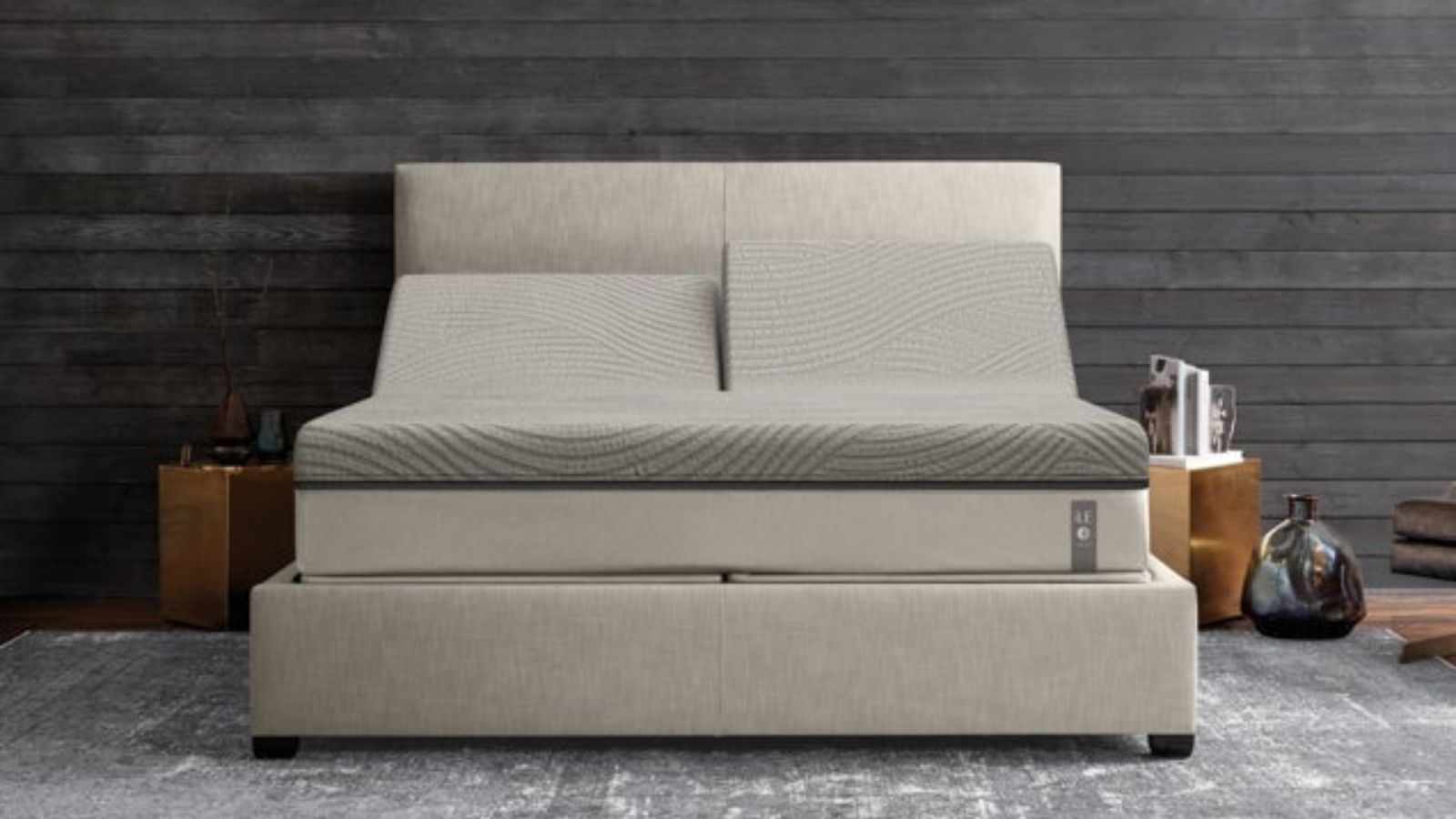

If you're searching for an orthopedic mattress, the chances are that you suffer from chronic aches and pains and you're looking for a supportive bed to ease your pains overnight so that you feel looser in the morning. However, you might be going about your search in the wrong way. Orthopedic support isn't one-size-fits-all and it will take time and money to find the mattress that meets your needs.
Out of all the mattress types, an orthopedic mattress might be the most controversial. 'Orthopedic' doesn't refer to the filling of a mattress, but the feeling. It's a subjective term, rather than an objective one, which makes it much harder to standardize across brands.
As H&G's specialist sleep writer, I lead a team of expert testers in the search to find the world's best mattress. Between us, we represent every sort of sleeper: we've got side sleepers; front sleepers; back sleepers; some of us suffer from chronic pain and others live with sleep conditions. In all our time testing, we've learned that orthopedic support should be specialized to your unique sleep needs.
What is an orthopedic mattress?
This article should tell you everything you need to know about an orthopedic mattress, from what it is (and what it isn't) to what it costs. I asked sleep scientists and medical professionals to outline the pros and cons of an orthopedic mattress to help you answer the question: which mattress should I buy?
What is an orthopedic mattress?
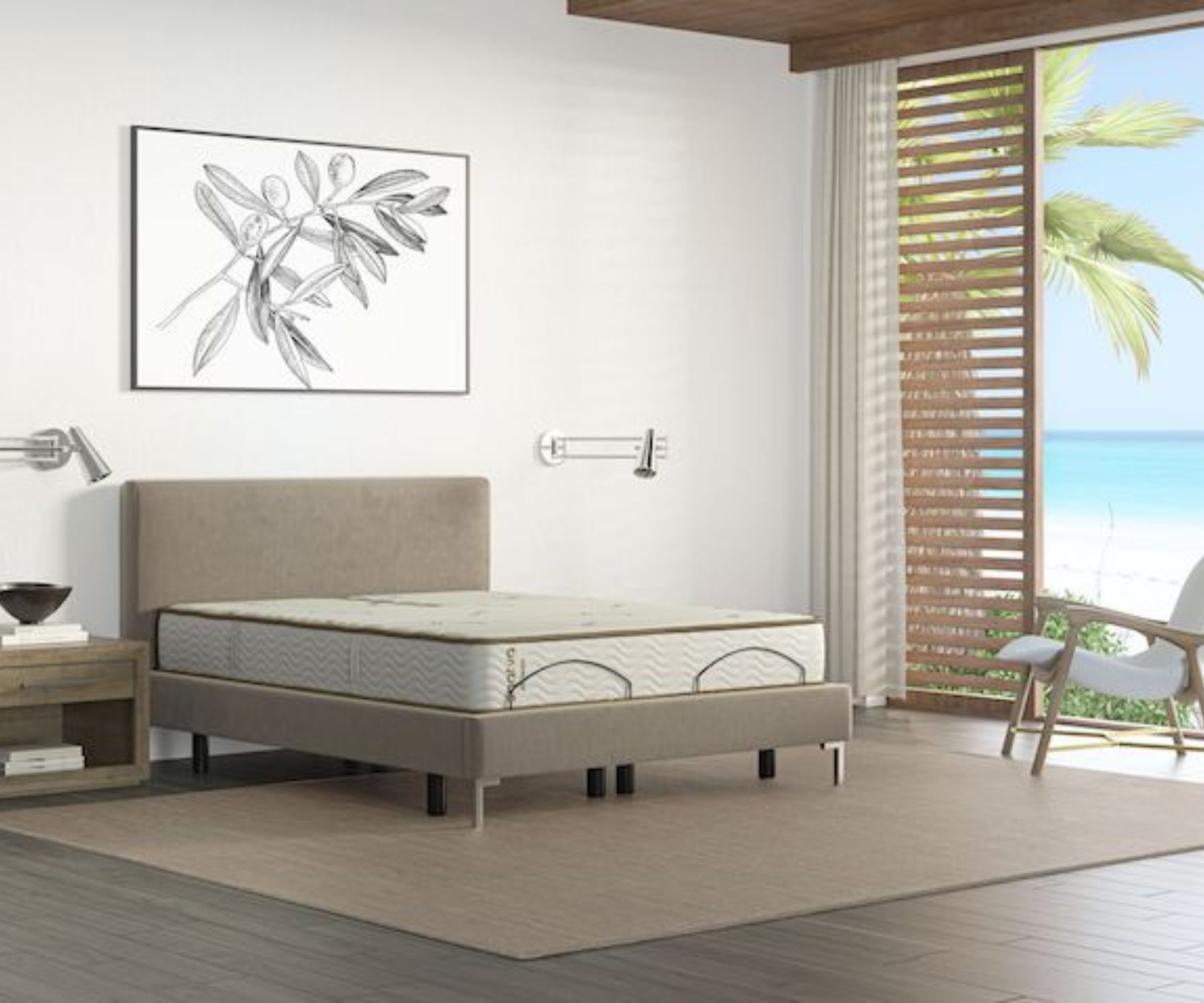
Before we begin, it always helps to define our terms. The adjective 'orthopedic' relates to the branch of medicine that deals with the correction of deformities in our bones, muscles, tendons, and ligaments. It follows that an orthopedic mattress is meant to tackle those aches and pains in our bodies, especially our joints.
However, the term 'orthopedic mattress' has more to do with marketing than medicine. According to Dr. Robert Oexman, Chief Science Officer at iSense, 'there is no industry standard for an orthopedic mattress. The term was first used around 1950 to describe a new mattress developed by one of the major mattress makers in the US. The manufacturer hired an orthopedic physician to evaluate the properties of the new mattress. The mattress was considered to have a firm feel'.
So far, so good. Dr. Robert goes on to explain that 'there were no objective tests performed to declare that the new firm mattress was good for any specific medical condition. However, since the orthopedic physician said that it was a good mattress, the manufacturer declared that a firm mattress was good for all sorts of orthopedic conditions, such as back pain.'
Design expertise in your inbox – from inspiring decorating ideas and beautiful celebrity homes to practical gardening advice and shopping round-ups.
Here's the crux of Dr. Robert's argument: 'there is no definitive research to show that a firm mattress is good for lower back pain. Research has shown that people with back pain need different types of support based on the cause of the pain, as well as the individual's body type'.
Dr. Robert also warns that 'there is no industry standard for declaring a mattress firm, medium-firm, medium, or soft': these terms are too subjective. There isn't a set of standardized tests: every mattress manufacturer runs their own experiments on their own beds. While it is possible to find a bed that eases your aches and pains and promotes proper spinal alignment, it isn't as easy as buying the first 'orthopedic mattress' you find.

Dr. Robert is currently the Chief Science Officer at iSense, working to develop and patent sleep technology and sleep products. Over the years, he has managed research studies at the Stanford University Sleep Research Center, Harvard Sleep Research Center, and Toronto University Sleep Research Center.
What are the pros of an orthopedic mattress?
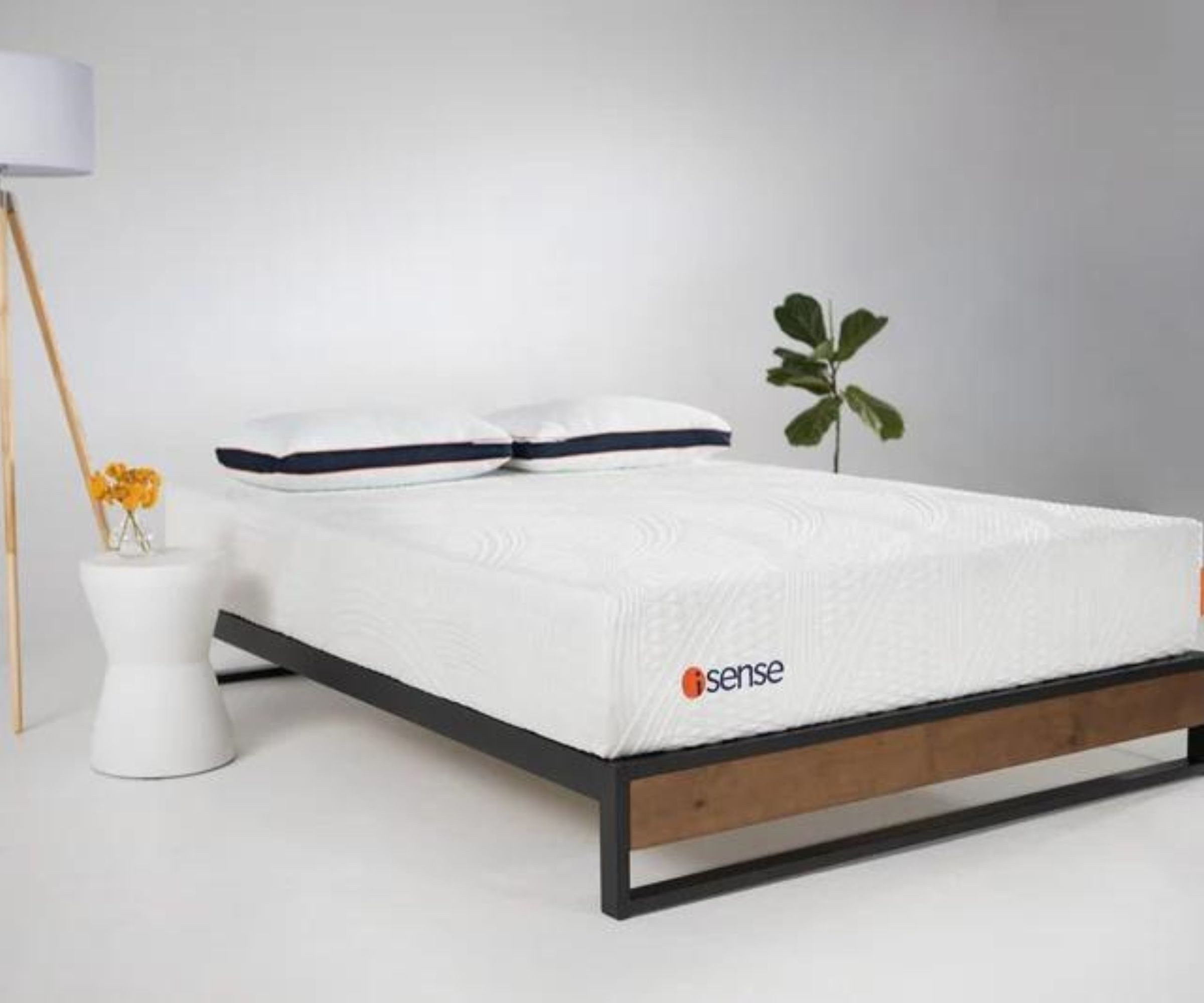
Now that we've established what an orthopedic mattress really is – a marketing term, rather than a mattress type – we can talk about it more accurately. I find it helpful to think about an orthopedic mattress as an ergonomic mattress, designed for optimal interaction between your body and your bed, or simply as a supportive mattress. Inside an orthopedic mattress, you might find springs and foam arranged in ergonomic zones to offer targeted support to each area of your body.
The whole point of an orthopedic mattress is to ease pain, relieve pressure, and promote better posture. According to licensed chiropractor, Dr. Matt Tanneberg, an orthopedic mattress 'allows your spine to be in a neutral, stress-free position throughout the night. This will help to minimize the aches and pains of waking up in the morning'. Dr. Matt thinks that an orthopedic mattress is 'the best of the best' for pain relief and muscoskeletal support.

Dr. Matt is a licensed chiropractor who operates his own sports rehabilitation practice in Scottsdale, Arizona. Dr. Matt works with elite athletes from the NFL, MLB, and and NHL to improve their posture and ease their aches and pains.
Orthopedic support looks different for every sleeper. Someone who suffers from lower back pain will appreciate lumbar support, but that might not be the best bet for someone who suffers from neck and shoulder pain. Ideally, you're looking for an orthopedic mattress with adjustable firmness for custom support. Dr. Robert recommends the iSense Classic Mattress for pressure relief and body contouring. If you're prepared to spend, then you could always upgrade to the iSense Hybrid Premier Mattress. That way, you get the plush comfort of memory foam with the airflow and support of an innerspring.
I've rounded up a few of my favorite orthopedic mattresses to ease your aches and pains. Most are on the more expensive side, but that's the price you have to pay for sturdy support. Each of these beds is assessed by an H&G sleep expert for comfort; support; breathability; motion isolation; edge support; and weight-bearing capacity, and they've come out with top marks.

For targeted support, try the Tempur-Pedic ProAdapt Mattress. This bed comes in three comfort levels to support all sleep positions. Our expert tester, Jaclyn, found it eased the aches in her neck and shoulders whenever she slept on her side.
You can find more detail in our Tempur-Pedic ProAdapt Mattress review.
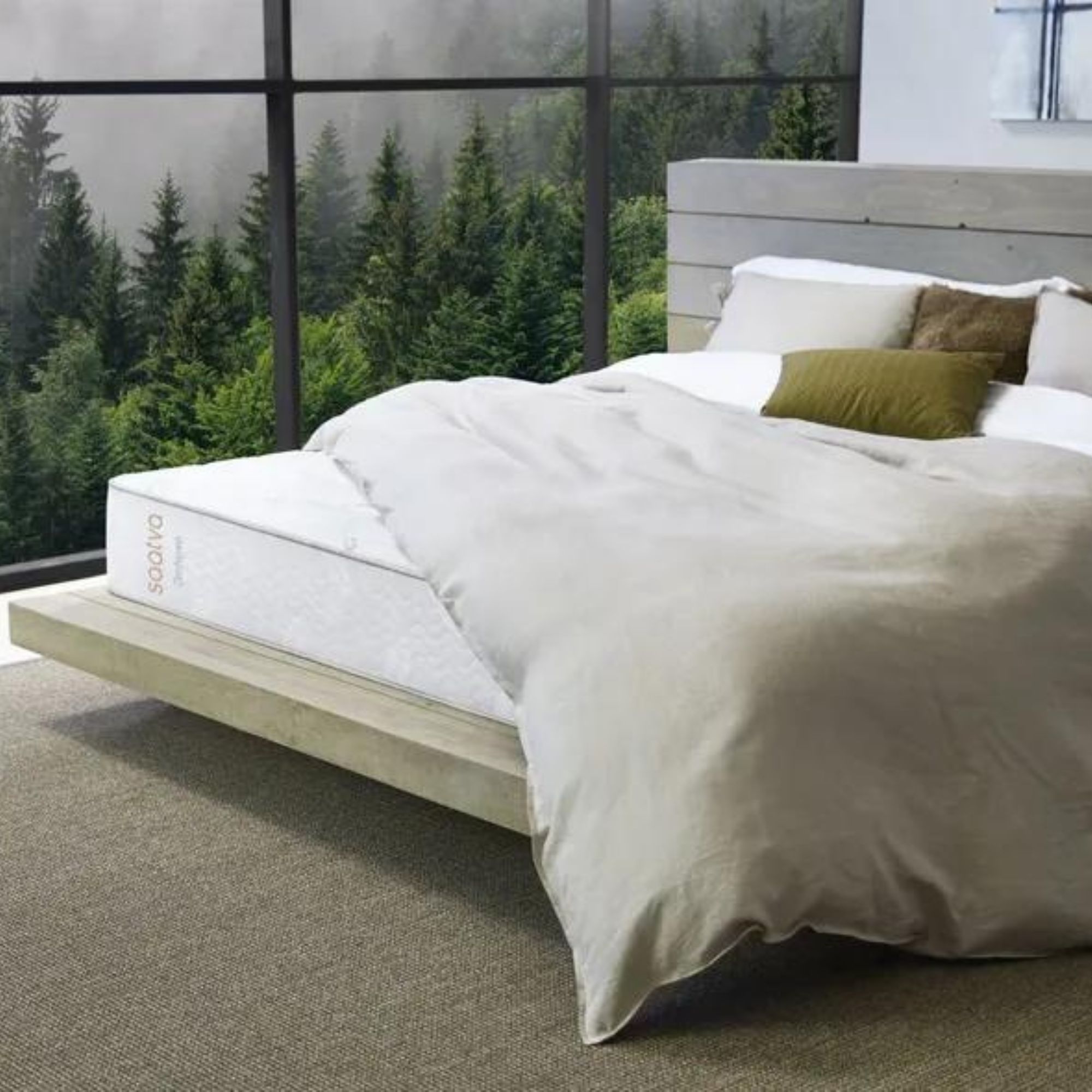
Speaking of custom comfort: the Saatva Zenhaven Natural Latex Mattress features flippable firmness. One side is Gentle Firm for spinal support, while the other is Luxury Plush for pressure relief. Designed to suit all sleepers, the Saatva Zenhaven Natural Latex Mattress would make a great bed for a guest room.
You can find more detail in our Saatva Zenhaven Natural Latex Mattress review.
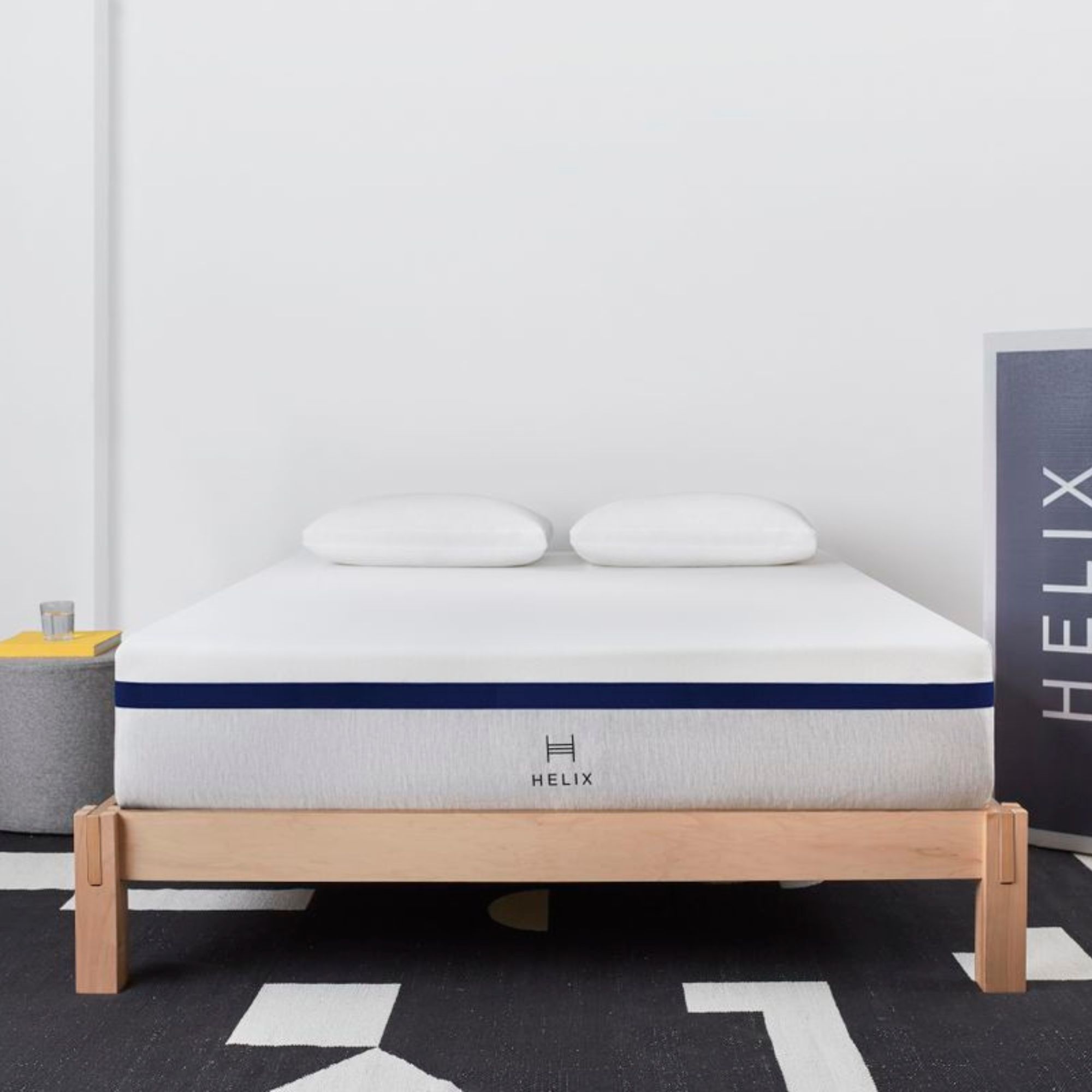
You shouldn't have to drop thousands of dollars to get proper spinal support. When you shop with Helix, you don't have to. Our expert tester, Jamie, found that the Helix Midnight Hybrid Mattress hugely reduced her partner's back pain, and it only cost them $999 for a Queen.
You can find more detail in our Helix Midnight Hybrid Mattress review.
What are the cons of an orthopedic mattress?
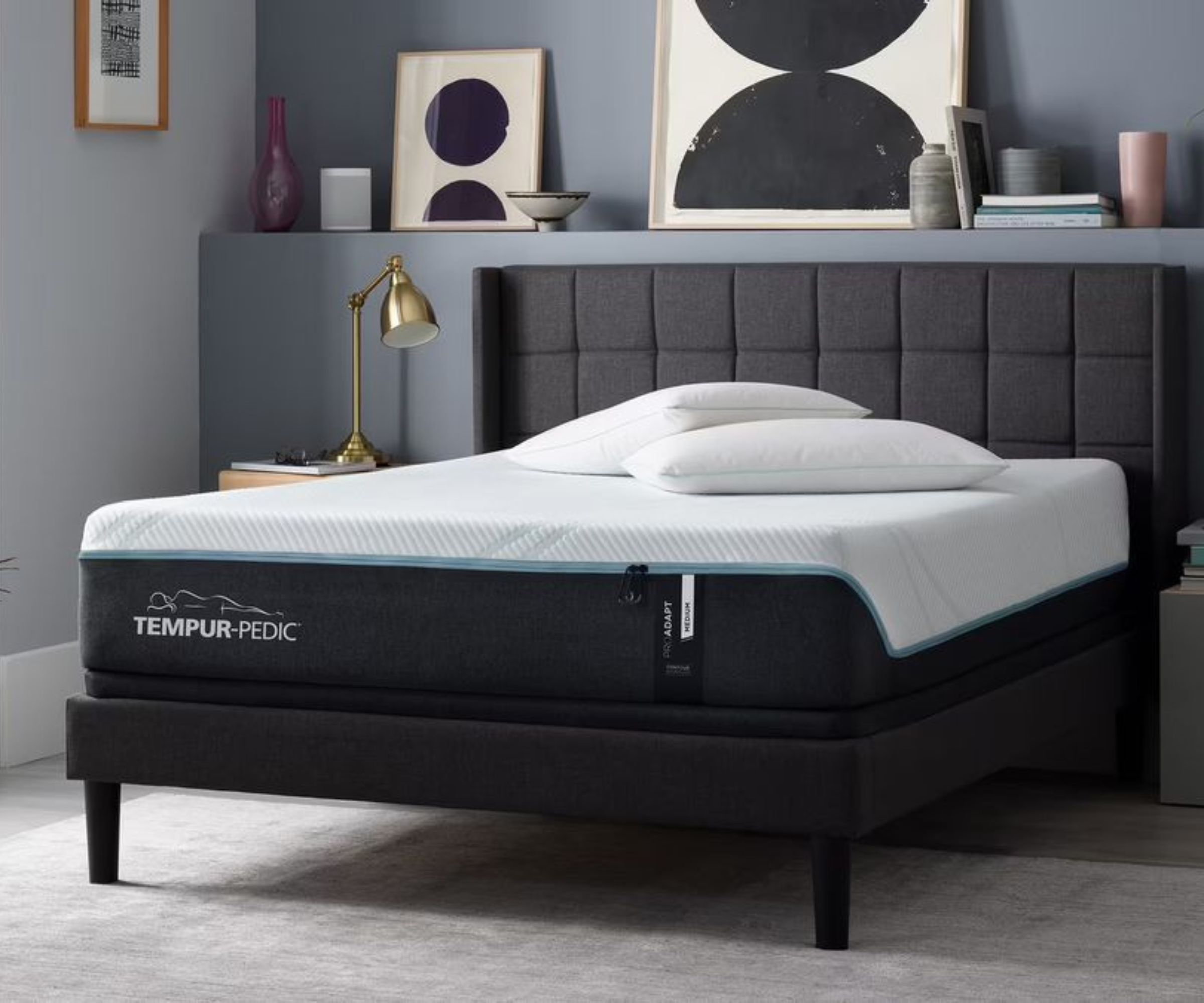
I've said it before, but it bears repeating − 'orthopedic' is not a protected term, which means that any mattress brand can promote their beds as 'orthopedic', even if they don't explicitly target aches and pains. To make sure you're getting a good deal, read the fine print. A truly orthopedic mattress would feature ergonomic zones for targeted support and some sort of squishy foam for pressure relief.
Your average orthopedic mattress is also very expensive. A Queen-sized bed from Tempur-Pedic, for example, could set you back more than $3,000, and even the price of a Twin bed is four figures. Out of all the best places to buy a mattress, I recommend Helix for sleepers with back pain and buyers on a budget. You'll find supportive hybrid beds for (just) under $1,000.
Final thoughts
Once you've invested in the mattress that meets your needs, orthopedic or otherwise, it's important to take good care of it. I suggest you invest in the best mattress protector to safeguard against spills and stains.
If you know you need a new bed, but you don't have a few thousand dollars lying around, then you could always buy the best mattress topper, instead. There are firm toppers to align your spine, softer toppers to bear your weight, and foamy toppers to relieve some pressure for a fraction of the price of a brand new bed.

Emilia is our resident sleep writer. She spends her days tracking down the lowest prices on the best mattresses and bedding and spends her nights testing them out from the comfort of her own home. Emilia leads a team of testers across America to find the best mattress for every sleep style, body type, and budget.
Emilia's quest to learn how to sleep better takes her all around the world, from the 3Z mattress factory in Glendale, Arizona to the Hästens headquarters in Köping, Sweden. She's interviewed luxury bedding designers at Shleep and Pure Parima, as well as the Design Manager at IKEA. Before she joined Homes & Gardens, Emilia studied English at the University of Oxford.